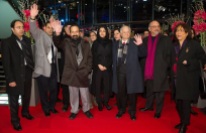Hoda Haddadi won the award for her illustrations for Drummer Girl, a book written by Pakistani-Canadian author Hiba Masood and published by Daybreak Press in the United States. The Moonbeam Children’s Book Awards are designed to bring increased recognition to exemplary children’s books and their creators, and to support childhood literacy and life-long reading. The contest is open to authors, illustrators, and publishers of children’s books written in English or Spanish for the North American market.
About Hoda Hadadi
Hadadi is an Iranian illustrator, poet and writer born in February 1977 in Tehran. She graduated with a M.A. in Graphic Design from Art University, Tehran. She teaches at the Association of Iranian Illustrators.
In 1998 Hoda Hadadi started writing and publishing her illustrations for magazines. Her first book as an illustrator was published in 1999 and her first book as a writer (My cloudy day -Shab Aviz) was published in 2000. Since then, she has illustrated more than fifty books published in Iran and around the world; in English i.e. Deep in the Sahara (Penguin Random House, 2013), Drummer Girl (Daybreak Press, 2016), A Rainbow in My Pocket (Tiny Owl, 2016) and forthcoming Just like me! (Tiny Owl, 2017).
Hadadi creates unique collages, balancing delicate materials and textures; she layers gauze papers, stitches, pencil and paint to create beautiful images. Depending on the text they take a more abstract or descriptive form. A Rainbow in My pocket, e.g., was a poem and required a more conceptual style.





In 2003 she directed and animated How is a good girl?, a 4-minute animation. The UNESCO calendar printed her art work in 2004. She has hold more than ten group exhibitions in Iran, India, Czech Republic, Slovakia and Russia, along solo exhibitions in Belgrade, Serbia (2009) and in Tehran (2007).
Other awards
– New Horizons of Bologna (2010, Italy)
– 3rd Prize Teatrio Festival (2008, Italy)
– Noma Encouragement Prize (2002 & 2008, Japan)
– Defa-e Moghaddas Special Prize (2008, Tehran, Iran)
– Grand Prix of Belgrade (2007, Serbia)
– Golden Plaque of BIB (2007, Biennial of Illustration Bratislava, Slovakia)
– 1st Prize of Kanoon Book Festival (2005, Tehran, Iran)
– 2nd Prize KATHA (2005, India)
Sources: Moonbean Awards, Tehran Times, Tiny Owl Children’s Book Publisher, Wonderland Illustration Group, Saatchi Art, Facebook @hodihadadi, Twitter @hoda_hadadi, Instagram @ludlowgallery













































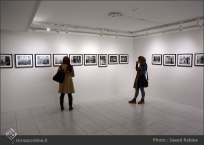
























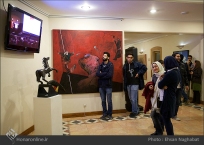














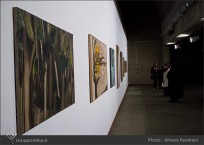





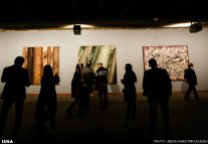
 Born 1944 in Rasht, Farideh Lashai was among the most successful Iranian artists, writers and translators, best known for her abstract paintings. She studied art at the Academy of Decorative Arts in Vienna, Austria, and held over 100 solo and group exhibitions in Iran and many other countries, such as Italy, Germany, the US, Switzerland, Britain and France. After a long battle with cancer she passed away in the Iranian capital, Tehran, in 2013. She was 68 years old.
Born 1944 in Rasht, Farideh Lashai was among the most successful Iranian artists, writers and translators, best known for her abstract paintings. She studied art at the Academy of Decorative Arts in Vienna, Austria, and held over 100 solo and group exhibitions in Iran and many other countries, such as Italy, Germany, the US, Switzerland, Britain and France. After a long battle with cancer she passed away in the Iranian capital, Tehran, in 2013. She was 68 years old.







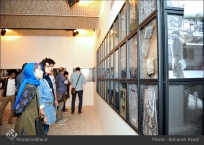





















































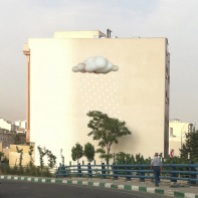
































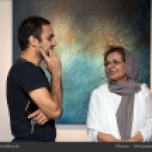







 Iranian tar virtuoso Hossein Alizadeh is scheduled to tour Europe to perform a series of concerts entitled “The Art of Improvisation”.
Iranian tar virtuoso Hossein Alizadeh is scheduled to tour Europe to perform a series of concerts entitled “The Art of Improvisation”.
 Loris Tjeknavorian (also spelled Cheknavarian) is an Iranian-Armenian composer and conductor. He was born in 1937 in
Loris Tjeknavorian (also spelled Cheknavarian) is an Iranian-Armenian composer and conductor. He was born in 1937 in 



